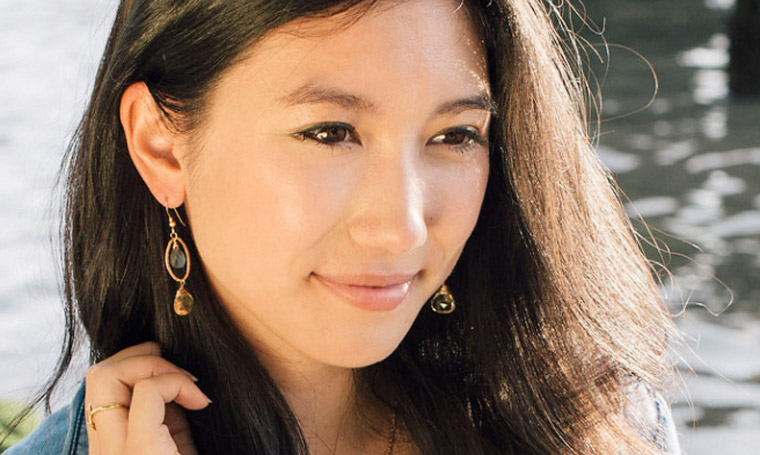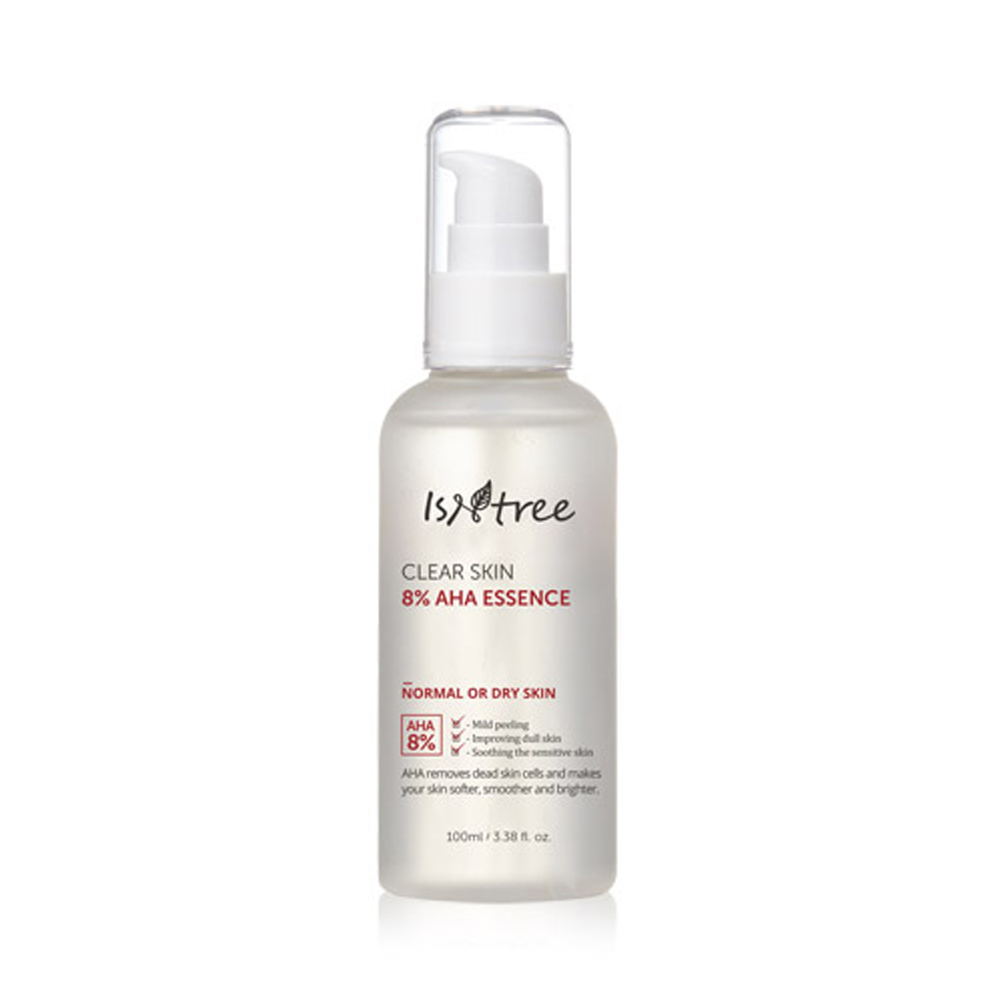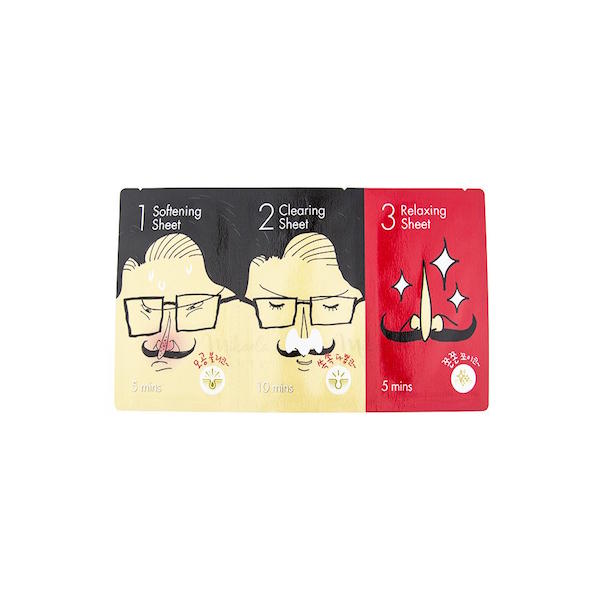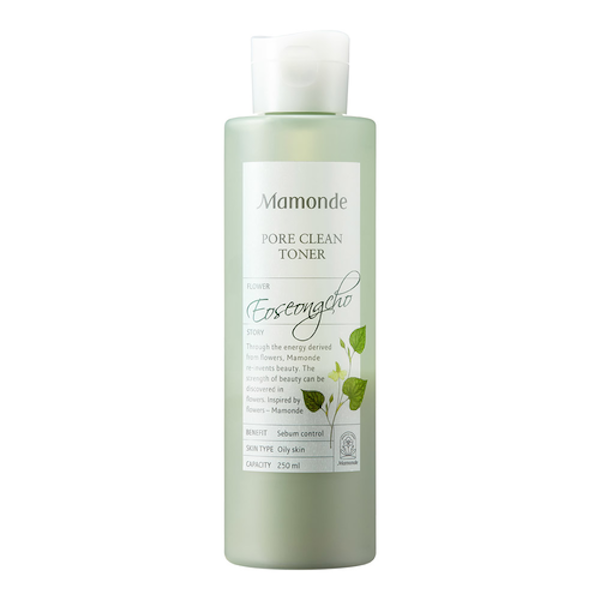A vacuum that sucks out all of that gunk in your pores?! Keep reading to find out whether these facial pore cleansers are the real deal.
If you haven’t already heard, there are supposedly magical pore vacuums that exist that will suck out all of your blackheads. These facial pore cleansers first surged into popularity in 2016 as a result of a viral video that was mesmerizing, to say the least. Pore vacuums then became an official trend once they were tested out by well known YouTubers like Heyit’sfeii, Nicole Skyes and Iris Beilin.
RELATED: This Pore-Vacuuming Facial Gave Me Glowier, Less Congested Skin
So, a device that sucks out your blackheads? My first thought: Sign me up! But, do these actually work? I reached out to dermatologist Joshua Zeichner, the director of cosmetic and clinical research at Mount Sinai Hospital in New York City to give me all the legit answers.
How do facial pore cleansers work?
Blackheads suck. They tend to be the bane of almost everyone’s existence, especially for those with oilier skin. Pore vacuums are mini vacuums that work by using suction to deeply clean out your pores, making them a theoretical godsend for those with constantly clogged pores.
Do they actually work?
The answer is yes and no. When I reached out to Zeichner, he stated that they could work but they’re “most effective if the blocked pores were pre-loosened with products like salicylic or glycolic acid or physical exfoliation like microdermabrasion.” This makes sense. Think of it this way: If you use a pore strip on unsteamed skin it’s going to way less effective than if you had steamed beforehand. The same concept applies with pore vacuums.
Also, the pore vacuum process isn’t as simple as it sounds. The suction has to create enough friction to physically pull the dirt, sweat and sebum out. And you’ll want to be careful with how powerful the suction is. “While the devices are safe to use, applying too much suction to the skin can lead to skin bruising and inflammation,” says Zeichner.
Additionally, if you have true, deep blackheads, pore vacuums won’t do much of anything. “They provide modest benefits for true blackheads, since these are caused by deeply rooted oil clogs in the pore,” says Zeichner.
RELATED: Do You Really Need… An Extraction Tool?
My question: Aren’t those deeply embedded blackheads the ones we want to get rid of the most? This fact makes this device seem gimmicky, to say the least. Nonetheless, we can’t say 100% that these don’t work because they do, but just not in the way we want them too. It’s also important to highlight that you’re going to need to use the combination of chemical exfoliants and the machine to get just some of the results you’re looking for. In my opinion, it seems more cost efficient to just stick with the traditional blackhead removal methods.
Charlotte’s take on pore vacuums:
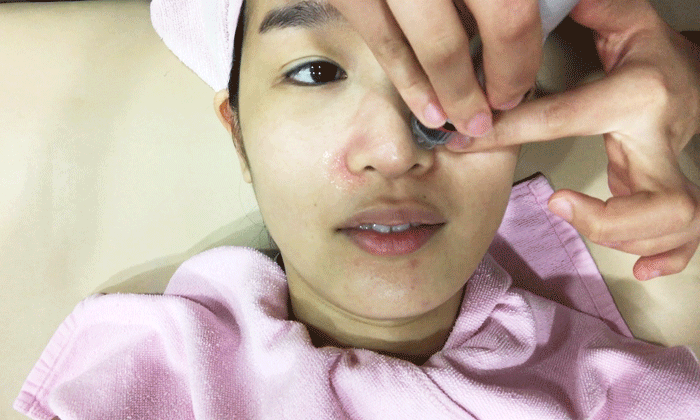
The Klog’s editor-in-chief, Charlotte Cho, had the chance to try a pore vacuum herself during one of her last visits to Korea. Here, she describes her experience and provides her honest thoughts:
“They initially soaked my T-zone and nose with a treatment that contained salicylic acid for about five minutes to loosen the debris in my pores. While it definitely sounded like it was working because of the slurping sound the suction was making, I didn’t see visible results after the treatment,” she says. “The suction itself was very gentle, but it still made my skin red and irritated (possibly from the salicylic treatment earlier that was applied). I was pretty disappointed to see that my pores didn’t seem less visible or cleaner. I notice a lot of Korean clinics offer this pore suction treatment, and there hasn’t been many people I know who have said it worked for them. I would stick with continuous use of AHAs and BHAs to maintain your pores instead of opting for a one time treatment that promises to clean out pores in one go.”
What to use instead:
Stick with a routine that consists of double cleansing and exfoliating on a regular basis. Double cleansing is effective at getting rid of blackheads because the oil cleanse rids the surface of your skin from any sebum, bacteria, or dirt. This helps clear the way for your water-based cleanser to go in and get rid of any gunk left behind, ensuring your skin is as clean as possible. The cleaner your skin, the less opportunity for blackheads to form. Interested in double cleansing? Check out the best double cleansing duos for your skin type here.
Exfoliation is also key for keeping blackheads in check, because exfoliating works by sloughing off dead skin cells that tend to build up and create comedonal acne. Chemical exfoliators are especially effective because they go beyond the surface to unclog those pores. One way to get in a little extra exfoliation is through the Isntree Clear Skin 8% AHA Essence, which is formulated with a blend of lactic and glycolic acids to exfoliate gently.
Bottom line:
Even though facial pore cleansers, AKA pore vacuums, could work at removing superficial blackheads and likely some sebaceous filaments, in the long run it’s going to cost you more time and money trying to remove them. A thorough routine that includes double cleansing and beneficial exfoliants will be more effective at getting rid of blackheads and keeping them at bay. Gimmicky products like this device are a dime a dozen and you should be cautious with any product that claims to have miraculous benefits. Instead, put your hard-earned money towards effective products that will get you closer to your goal of a blackhead-free existence.


